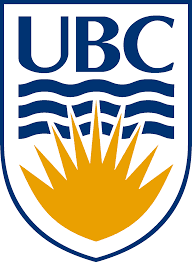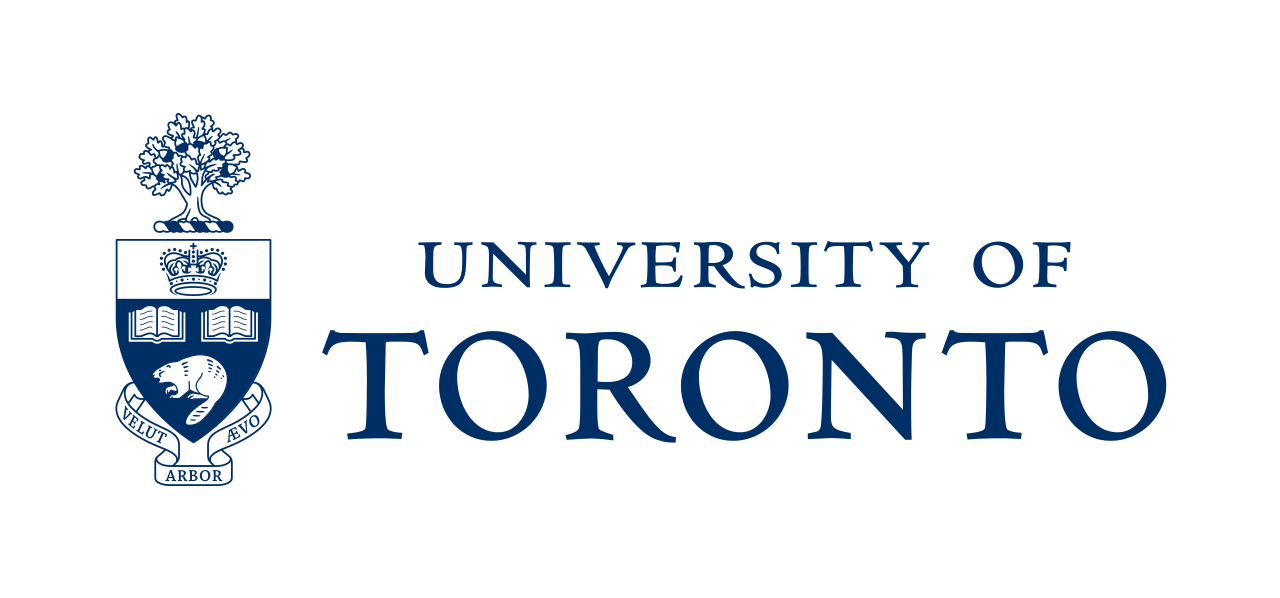Featured Speaker: Dr. David Blewett
David T. Blewett (http://civspace.jhuapl.edu/people/david-blewett/) is a member of the Principal Professional Staff at the Johns Hopkins University Applied Physics Laboratory. He holds a bachelor's degree in Astronomy and Astrophysics from the University of Pennsylvania, and earned M.S. and Ph.D. degrees in Geology and Geophysics from the University of Hawaii. His research emphasizes remote sensing, geological analysis, and spectral algorithm development using data from planetary spacecraft. Dr. Blewett was a Participating Scientist on NASA's MESSENGER mission to Mercury, and was a Participating Scientist on Dawn during the mission at asteroid Vesta. In 2015 and 2016 he had two-month Visiting International Scholar fellowships from the Chinese Academy of Sciences, hosted by the Key Laboratory for Lunar and Deep Space Exploration in Beijing. He was an Antarctic Search for Meteorites field party member during the 1988-89 austral summer. He is the namesake of asteroid 8997 Davidblewett. Dr. Blewett is the Principal Investigator of the Lunar Vertex mission.
Abstract
PRISM (Payloads and Research Investigations on the Surface of the Moon) is a new low-cost NASA program to send science instruments to the Moon aboard commercial lunar landers that are solicited through the Commercial Lunar Payload Services (CLPS) program. NASA designated Reiner Gamma (RG) as the destination for the first PRISM delivery (dubbed PRISM-1a). Reiner Gamma is home to a magnetic anomaly, a region of magnetized crustal rocks. The RG magnetic anomaly is co-located with the type example of a class of irregular high-reflectance markings known as lunar swirls. A lunar magnetic anomaly is a unique natural laboratory. APL's Lunar Vertex was selected from among 13 PRISM-1a proposals that NASA received, and the mission will address a wide range of questions that touch on planetary magnetism, lunar geology, space plasma physics, and the space weathering of regolith on airless silicate bodies. Lunar Vertex has the following goals: 1) Investigate the origin of lunar magnetic anomalies, 2) Investigate the origin of lunar swirls, and 3) Determine the structure of the mini-magnetosphere that forms over the RG magnetic anomaly. The mission goals will be accomplished by payload elements on a lander and a rover. The lander instruments are a set of cameras, a magnetometer, and a solar-wind plasma spectrometer. The lander will deploy a rover, which will carry a multispectral microscope to examine the regolith beneath the rover and also a magnetometer. Along a traverse reaching great than 500 m distance, the rover will obtain distributed measurements at locations outside the zone disturbed by the lander rocket exhaust. Measurements of undisturbed regolith are key to testing hypotheses for the origin of swirls, and measurements of the magnetic field strength and direction along the traverse will help to determine the nature of the magnetic source. NASA recently selected Intuitive Machines as the CLPS lander provider. The mission is scheduled for launch in early 2024.







